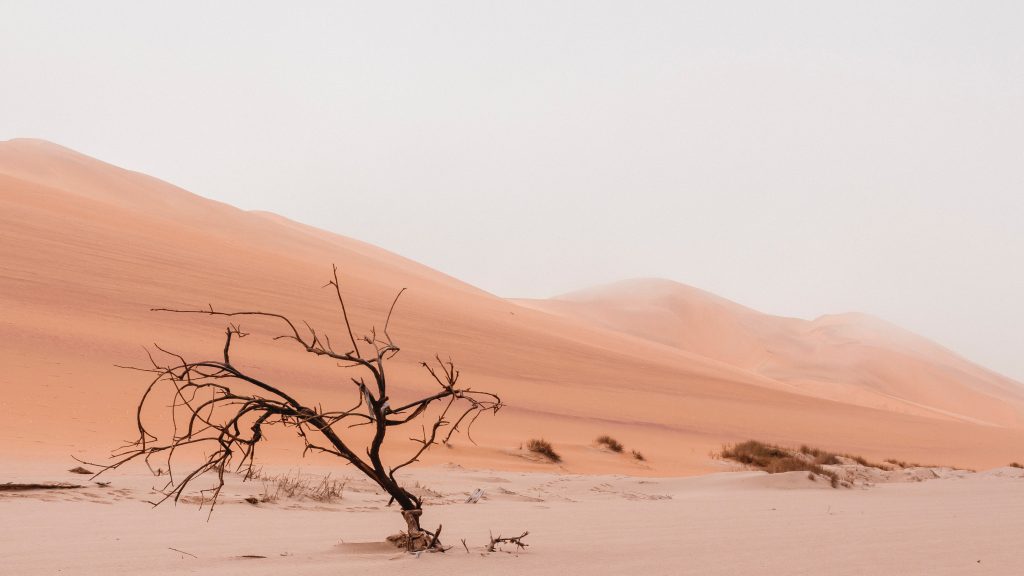Drought Is Killing People In Massive Numbers
The longest drought on record in Somalia killed an estimated 43,000 individuals last year, with half of those deaths occurring among children younger than five years old.
This article is more than 2 years old

Drought is a double-edged sword in that it is both a natural disaster and a man-made catastrophe that causes widespread mortality and misery. It is a continual fight to secure essentials such as food and water, which leads to serious health concerns and even death. Drought-induced water scarcity has far-reaching consequences for agriculture, industry, and daily life.
Deaths caused by drought are on the rise in many parts of the world, which is sad and devastating for many people. According to a recent ABC report, the longest drought on record in Somalia killed an estimated 43,000 individuals last year, with half of those deaths occurring among children younger than five years old.
ABC also reports that the effects of East Africa’s latest drought are far from over, as “at least 18,000 people and as many as 34,000 are forecast to die in the first six months of this year.”
Water shortages and agricultural failures significantly impact millions of people in Southern Asia. East Africa is one of many places where droughts have had an effect. The drought has also affected South America, which has made forest fires and environmental damage worse and put native communities in danger.
Droughts have a disproportionately negative impact on vulnerable groups of people. Children, the elderly, and the poor are especially vulnerable to the effects of drought, such as starvation and sickness. Women and girls, in particular, are responsible for caring for their families during times of shortage.
Droughts can impact all of us, not just a particular location or demographic group. The United Nations predicts that by 2050, over half of the world’s population may live in water-stressed areas. Droughts are becoming more frequent and severe, posing a significant threat to global food security and people’s health and well-being.
What Causes Droughts?
The causes of drought are numerous and frequently interconnected. Rising temperatures and shifting rainfall patterns caused by climate change exacerbate drought, leading to more frequent and severe ones. Deforestation, soil deterioration, and the exploitation of water supplies can further exacerbate shortages.
How Do We Combat Droughts?
Water conservation is critical in drought-prone areas. Many experts have suggested numerous remedies to minimize its effects. Essential steps like collecting rainwater, installing fixtures that use less water, and fixing leaks can make a big difference.
Farmers can adjust to changing conditions by investing in sustainable farming methods like drip irrigation and crop rotation. Important ways to adapt to climate change include growing crops that can withstand dry spells and better managing water.
Investment in drought mitigation and prevention is both an ethical and financial need. International collaboration and funding are critical to assisting affected populations. According to the World Bank, investing in water infrastructure in underdeveloped nations may offer a return of $4 for every $1 spent.
Final Thoughts
Tragically, in 2023, people are dying due to a lack of water. Today, droughts are killing men, women, and children even though we have the technology to prevent them; these sad occurrences exemplify the flawed values of contemporary culture. This outrage should compel us to take urgent and decisive action.








